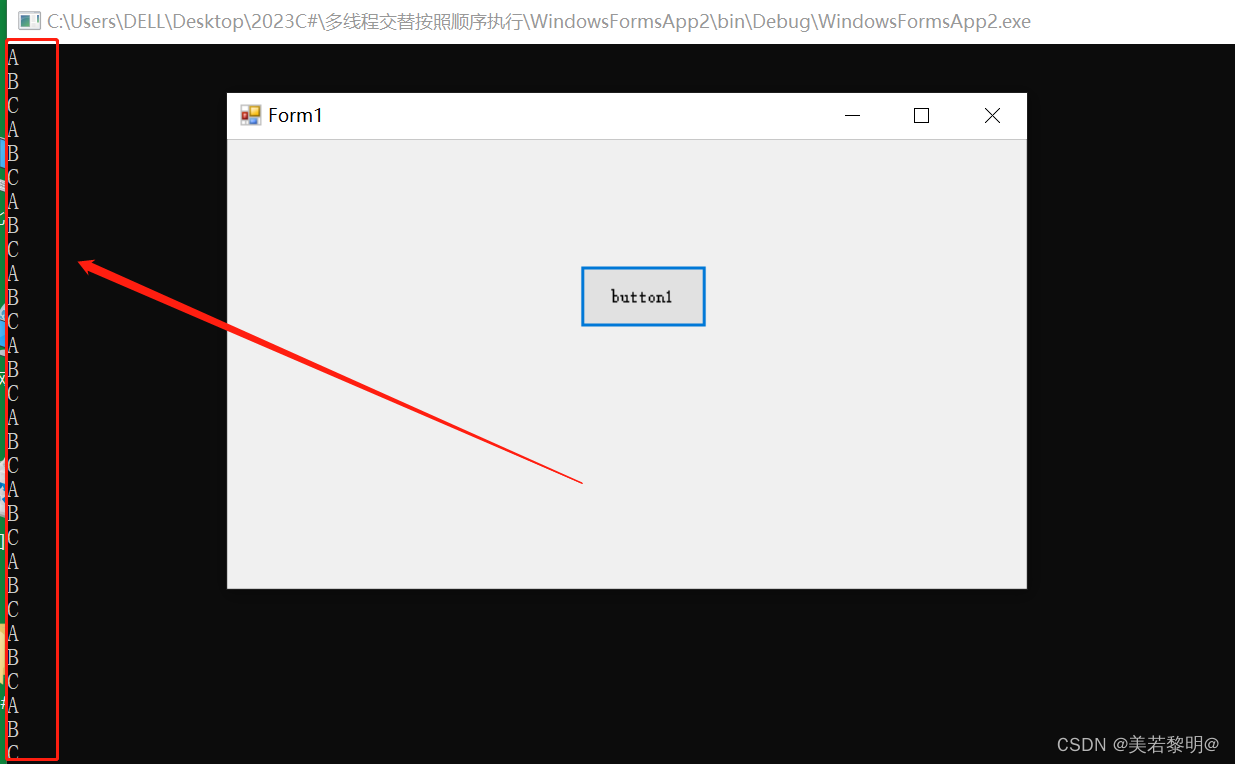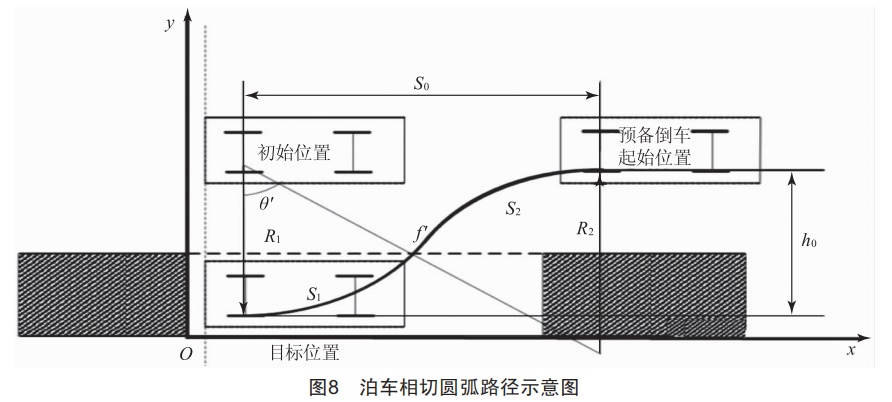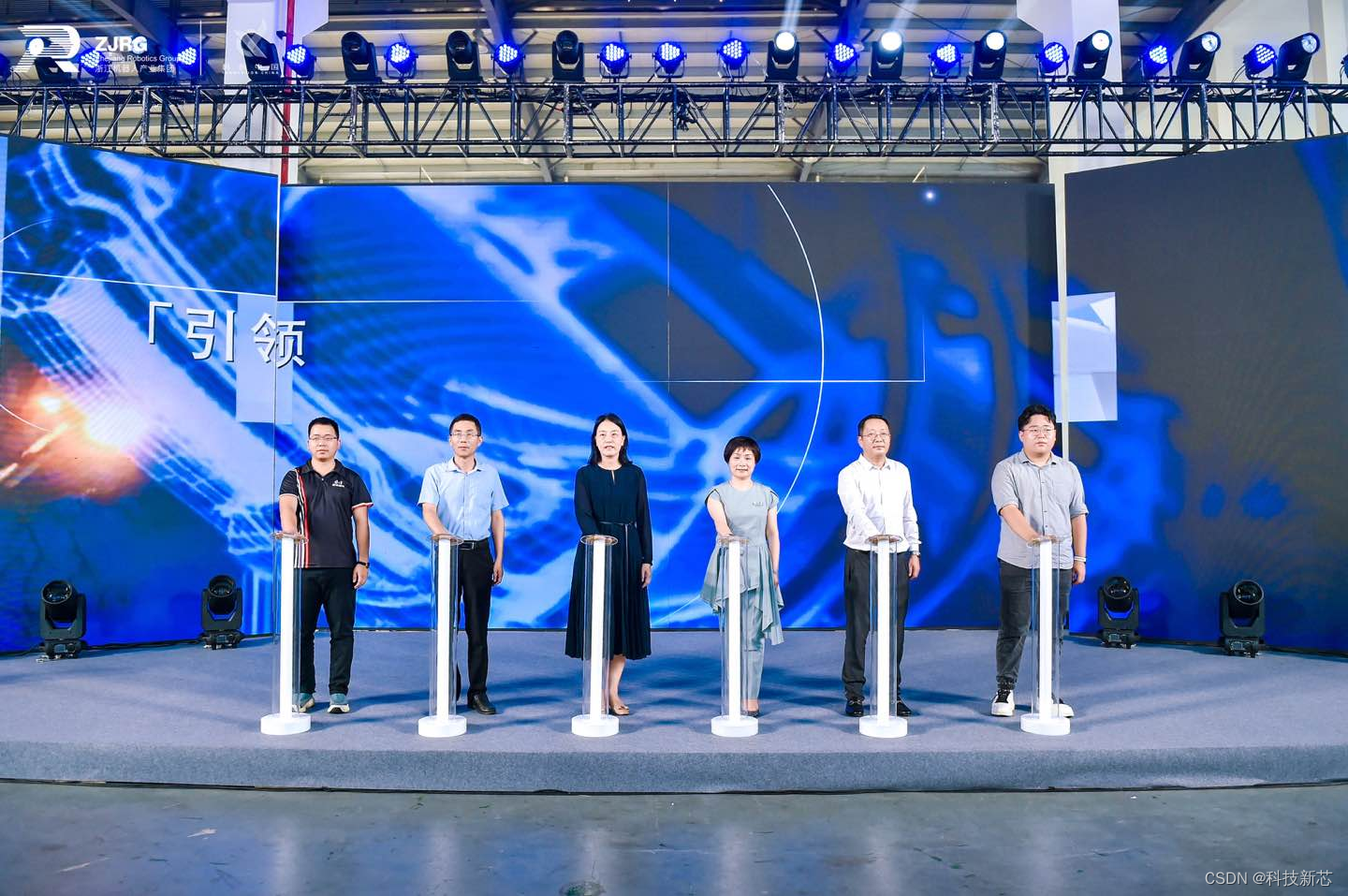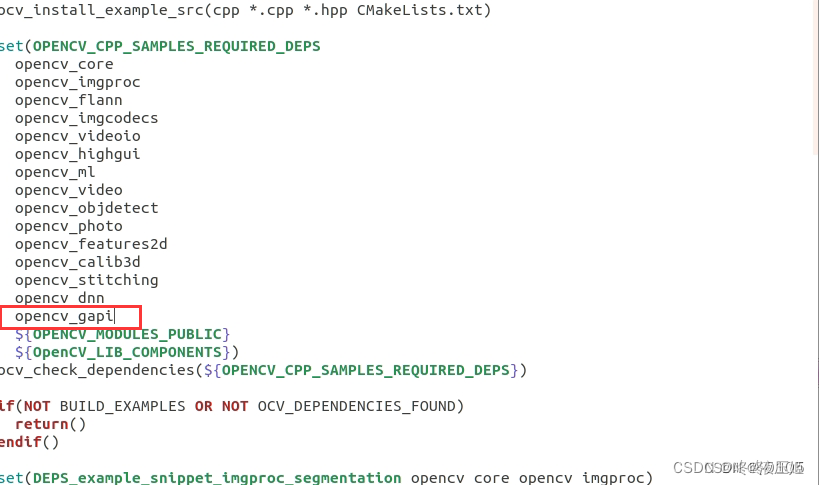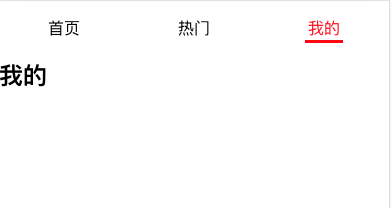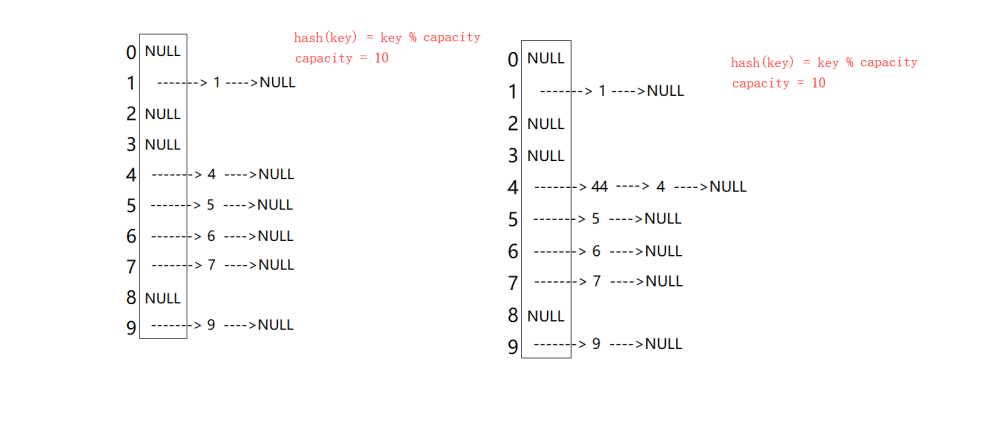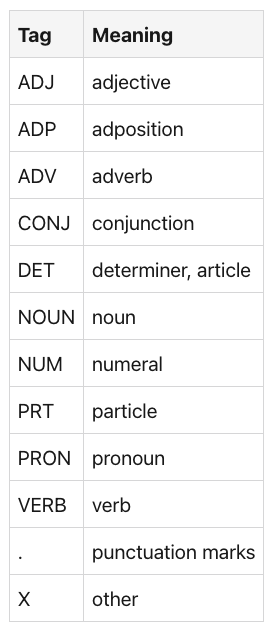1.关于AutoResetEvent和ManualResetEvent的区别解释如下:
AutoResetEvent和ManualResetEvent是.NET中的两个线程同步类。它们之间的主要区别在于其释放信号的方式以及对等待线程的影响。
AutoResetEvent的作用是在等待的线程被信号唤醒后,将信号自动重置为非终止状态。也就是说,当一个线程等待一个AutoResetEvent对象时,一旦它收到信号并被唤醒,AutoResetEvent对象会自动将自身状态重置为非终止状态,以便其他线程可以继续等待。这样,只有一个线程能够通过AutoResetEvent对象,其他线程需要重新等待信号。
而对于ManualResetEvent,一旦一个线程等待一个ManualResetEvent对象并收到信号唤醒后,ManualResetEvent对象不会自动重置为非终止状态。也就是说,ManualResetEvent对象会维持其终止状态,直到调用Reset()方法将其重置为非终止状态才能再次触发等待的线程。这意味着多个线程可以同时通过ManualResetEvent对象,并且不需要重新等待信号。
因此,AutoResetEvent和ManualResetEvent的主要区别在于对等待线程的影响。AutoResetEvent只允许一个线程通过,并且在线程收到信号后自动重置为非终止状态,而ManualResetEvent允许多个线程通过,并且在等待线程收到信号后,保持其终止状态直至调用Reset()方法将其重置为非终止状态。
总结:AutoResetEvent不需要Reset()方法(唤醒后自动调用),而ManualResetEvent需用用户手动触发。
多个线程按照顺序执行案例如下:
using System;
using System.Collections.Generic;
using System.ComponentModel;
using System.Data;
using System.Drawing;
using System.Linq;
using System.Text;
using System.Threading;
using System.Threading.Tasks;
using System.Windows.Forms;
namespace WindowsFormsApp2
{
public partial class Form1 : Form
{
public Form1()
{
InitializeComponent();
}
AutoResetEvent A = new AutoResetEvent(false); //实例化阻塞事件
AutoResetEvent B = new AutoResetEvent(false); //实例化阻塞事件
AutoResetEvent C = new AutoResetEvent(false); //实例化阻塞事件
private void button1_Click(object sender, EventArgs e)
{
A.Set();
Task.Run(() =>
{
AA();
});
Task.Run(() =>
{
BB();
});
Task.Run(() =>
{
CC();
});
}
private void AA()
{
for (int i = 0; i < 10; i++)
{
A.WaitOne();//等待信号
Console.WriteLine("A");
B.Set();
}
}
private void BB()
{
for (int i = 0; i < 10; i++)
{
B.WaitOne();
Console.WriteLine("B");
C.Set();
}
}
private void CC()
{
for (int i = 0; i < 10; i++)
{
C.WaitOne();
Console.WriteLine("C");
A.Set();
}
}
}
}
执行结果:依次按照顺序输出abc。
